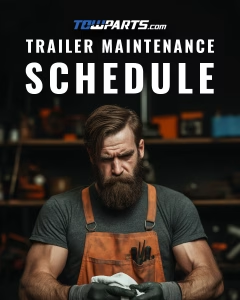
WHAT IS THE BEST TRAILER MAINTENANCE SCHEDULE?
Since launching on February 3, 2025, TowParts.com has become the premier destination for premium trailer
Towing a trailer demands careful preparation and responsible practices—from the moment you begin inspecting your trailer, through loading it, and all the way until you safely reach your destination. When you’re on the highway, especially over long distances, extra caution and strict adherence to all towing regulations are essential for a secure journey from start to finish.
Know the Towing Laws
Before you hit the road, familiarize yourself with the towing laws in your state and local area, as well as those in any states you plan to travel through. For instance, the maximum towing speed in your state might differ from that in your destination state. Additionally, some jurisdictions impose restrictions on trailer width or weight, or mandate that you remain in the right-hand lane at all times. To ensure full compliance, take the time to review the specific laws wherever your travels may lead you.
Prepping and Loading Your Trailer
Proper preparation is the key to safe towing. Before you set off, conduct a thorough inspection of your trailer. Check vital components such as lug nuts, tires, couplers, and any other critical parts to ensure everything is in excellent condition. Equally important is loading your trailer correctly. Securely distributing and fastening your cargo not only protects your goods but also helps maintain balance and stability while on the road.
On the Road
Once your trailer has been carefully inspected and properly loaded, it’s time to start your journey. We recommend keeping your speed at 55 miles per hour or less when towing. Excessive speed can lead to dangerous issues like trailer sway and combination instability, putting you and other road users at risk. Only overtake other vehicles when it’s safe to do so, and never exceed the posted speed limits while towing.
Here are additional tips to ensure a safe trip while on the highway:
• Plan Regular Stops: Schedule rest breaks and avoid towing if you’re tired, especially at night.
• Check Connections Frequently: At each stop, re-inspect the vehicle-to-trailer connections.
• Re-Tighten and Re-Check: After about 10 miles, re-tighten your lug nuts, check tire pressures, and confirm that couplers are still secure. Repeat this check after 25 miles.
• Ensure Cargo Security: After 50 miles, verify that your coupler, cargo, and safety chains remain secure and free from dragging.
• Anticipate Stops: Brake early and plan ahead to avoid sudden stops.
• Avoid Cruise Control: When towing, it’s best not to use cruise control as you need to be constantly aware of your vehicle’s performance and road conditions.
• Handling Off-Road Situations: If a wheel leaves the pavement, gently ease off the gas and reduce your speed to below 25 miles per hour, then gradually steer back onto the road.
Always consult your owner’s manual for specific towing recommendations for your trailer. For additional guidance, you can refer to our Pre-Departure Checklist, our comprehensive Guide to Towing, and our Vimeo channel, where we share expert tips and useful information.
Related Articles:
• The One Thing to Fix Your Trailer Axle
• What to Do When Buying a Used Trailer
• Which is Better: A Single Axle or Dual Axle Trailer?
• What Not to Do When Buying Trailer Parts
At TowParts.com, we’re dedicated to equipping you with the best trailer parts and expert advice to ensure that every journey is safe, secure, and successful. Happy towing!
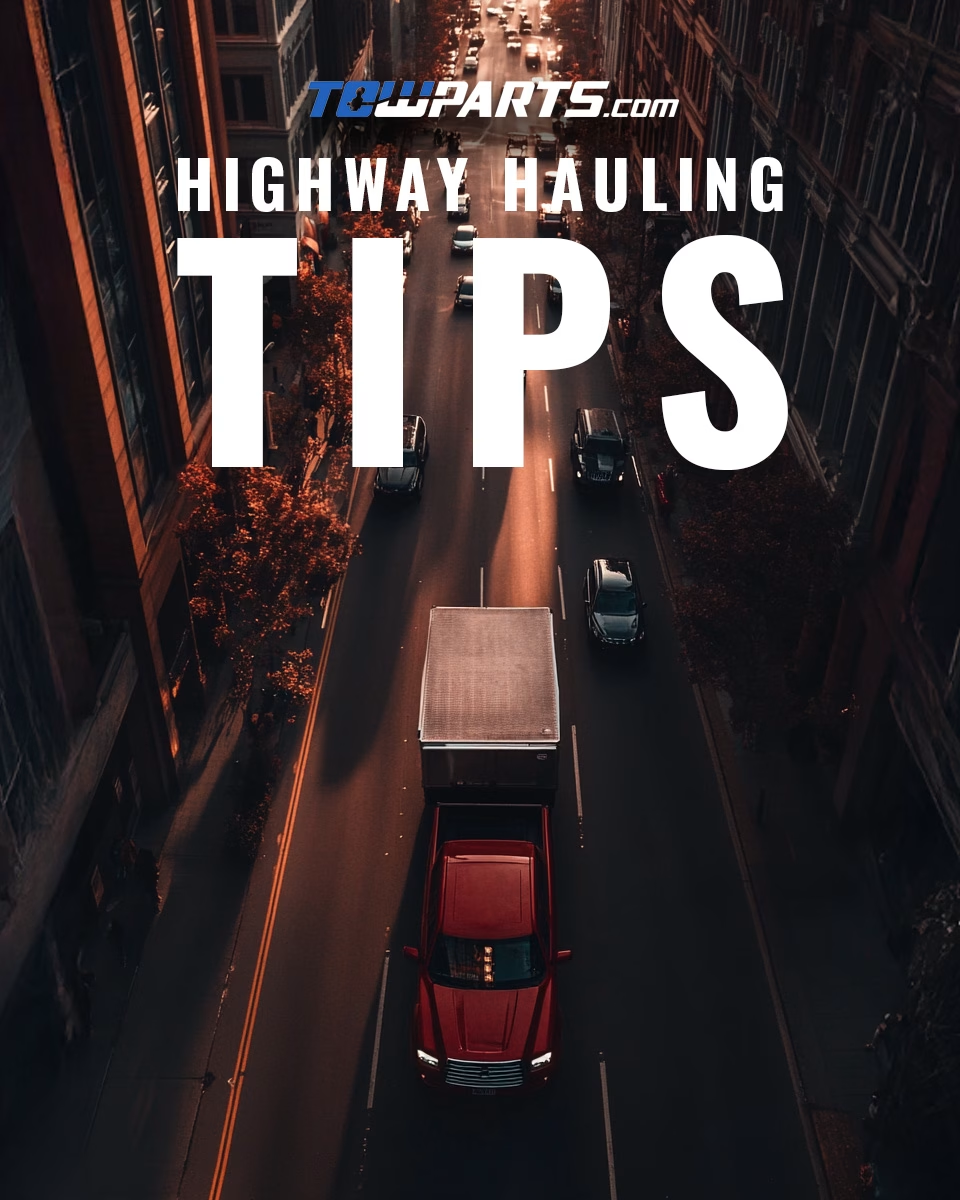

Since launching on February 3, 2025, TowParts.com has become the premier destination for premium trailer
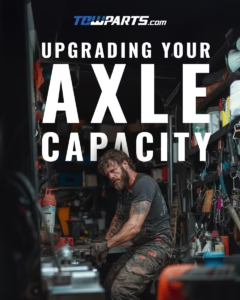
Thinking of upgrading your trailer’s axle capacity? Learn what to consider first—from ensuring frame integrity

Regular inspections of your trailer brakes don’t just keep you safe—they also save you time,
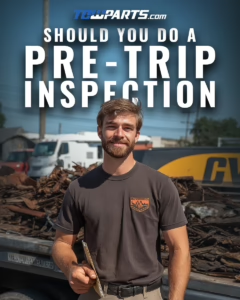
Looking to keep your trailer road-ready and safe? This comprehensive guide covers everything from pre-trip
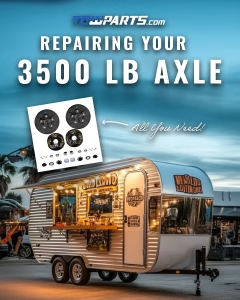
A well-maintained axle is the key to smooth, safe towing. If you’re noticing uneven tire
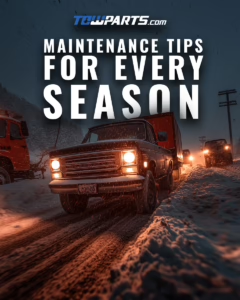
TRAILER MAINTENANCE: Weather can have a significant impact on your trailer’s performance and longevity. From